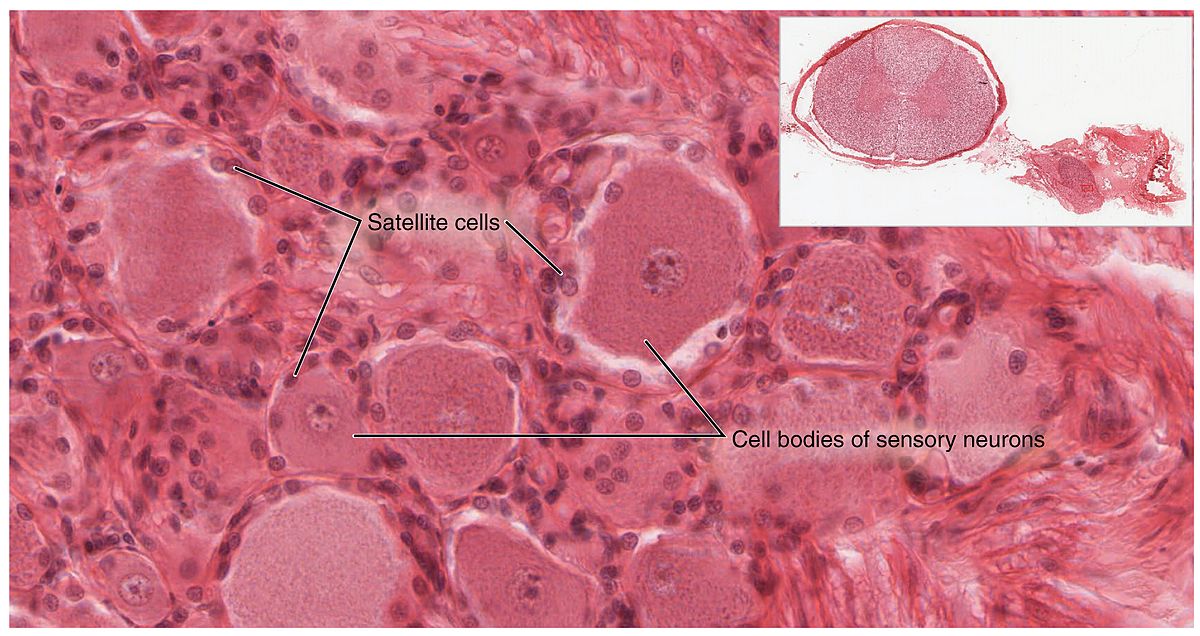In this article, I’d like to discuss the lesser-known but more prevalent issue across the world. Neuropathic pain is characterized by spontaneous pain, hyperalgesia, and allodynia, affecting millions of people worldwide. The therapies and remedies available are shown to be effective in managing neuropathic pain include opioid analgesics, anticonvulsants, and antidepressants. However, these treatments are either comparatively ineffective or accompanied by substantial side effects. Hence, it is crucial to clarify the molecular mechanisms underlying neuropathic pain and establish novel therapeutic strategies.
One of the leading causes of neuropathic pain is central nervous system immune activation and neuro-inflammation. After nerve injury, Glia / Glail cells that involve controlling nerve cells activate and release inflammatory cytokines. These cytokines promote chronic neuroinflammation and cause neuropathic pain.
Fucoidan is a sulfated polysaccharide that is one of the main components of brown seaweeds. Fucoidan exhibits a variety of biological activities, including antioxidant, antitumor, antiviral, and anti-inflammatory effects. However, it was unclear whether fucoidan had a beneficial impact in treating neuropathic pain for a while.

According to the study “Fucoidan attenuates the existing allodynia and hyperalgesia in a rat model of neuropathic pain,” by Chuanyin Hu et al., they tested whether intrathecal fucoidan could attenuate nocifensive behavior associated with neuropathic pain. Peripheral nerve injury was produced by SNL (rat) according to a previously described method. After SNL (rat) surgery, different doses of 0, 15, 50, 100 mg/kg fucoidan were injected into intraspinal of SLN (rat) and tested mechanical allodynia (a condition that feels pain for light contact stimulation) thermal hyperalgesia.
Mechanical allodynia measured pressure (g) when a rat shows escape behaviors by using Von Frey filaments.

Additionally, the thermal sensitivity measured time (second) until a rat recognized paw withdrawal behaviors to infrared ray stimulus using the paw-flick test apparatus.

Mechanical allodynia shows that lower values of g indicate pain by a weaker stimulus. Also, thermal hyperalgesia shows shorter seconds suggest that it is easy to receive heat stimulus.
Comparing with SNL (surgery rats) and sham (no surgery rats), SNL surgery-induced remarkable increasing value of mechanical allodynia and thermal hyperalgesia, in which SNL’s every condition got worse. (Fig 1A, B)
On the other hand, rats injected with fucoidan into intrathecal significantly suppressed these inflammatory mediators’ elevations. This test showed that neuropathic pain in model rats could be alleviated by fucoidan.
We have not shown data in this paper, but we examined the Fucoidan effect on the activation of glia / glial cells and inflammatory cytokines production. Fucoidan inhibited the activation of glial cells and suppression of inflammatory cytokines production.

This study suggested that injected fucoidan in intrathecal may alleviate neuropathic pain by suppressing chronic neuroinflammation via Glia / Glial cells’ activation. Fucoidan can be anticipated to be used as a new and better treatment for neuropathic pain that is not established treatment yet.
